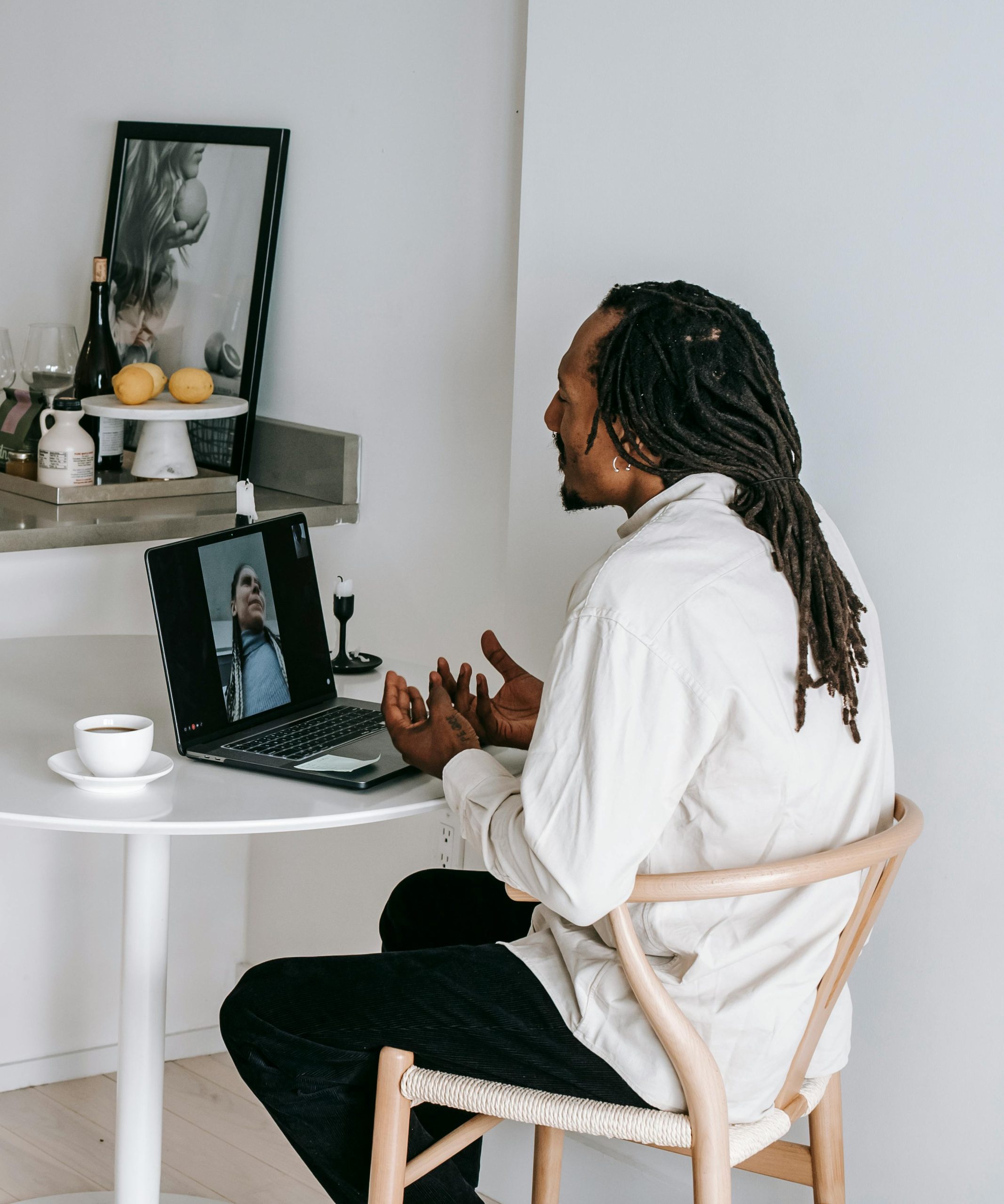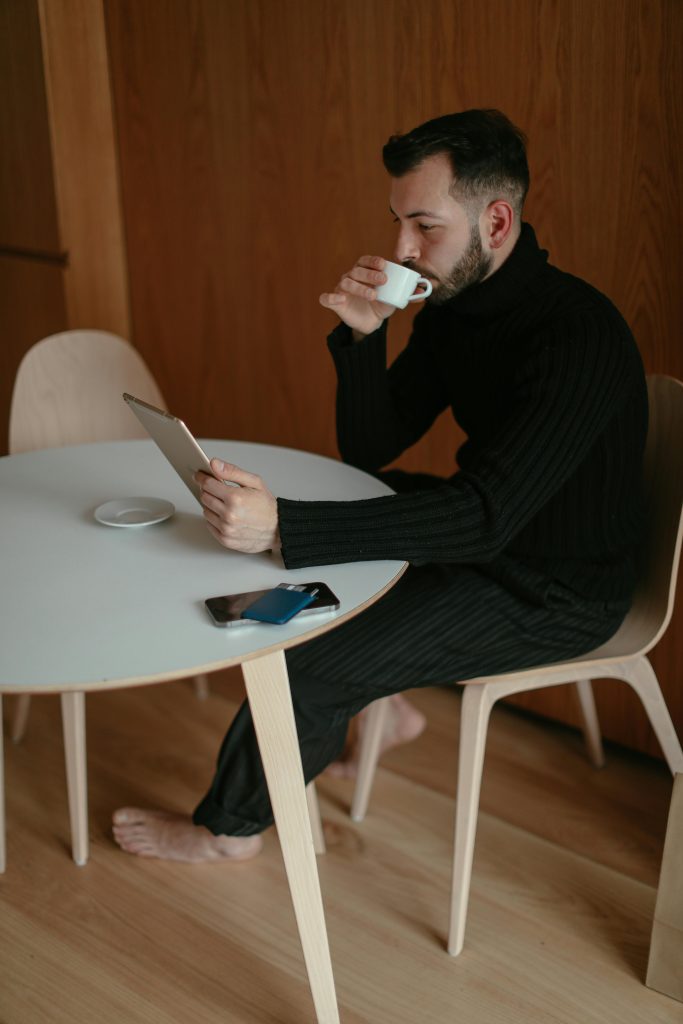In recent years, there’s been a noticeable shift in how people approach fashion, with a growing emphasis on comfort over traditional dress clothes. This trend accelerated by the global pandemic and changing work environments. Here’s a look at why comfort clothes are taking precedence over dress clothes and what this means for the future of fashion.
The Rise of Comfort Culture
Comfort clothes have been gaining traction for several reasons since the pandemic struck the U.S. in March of 2020. As work-from-home arrangements became the norm as COVID-19 wreck havoc around the globe, people began to prioritize comfort in their daily attire. The necessity of staying home for extended periods led many to change their clothing choices, favoring pieces that offered both physical comfort and emotional ease.
Comfort clothes typically include items like sweatpants, leggings, oversized sweaters and t-shirts, and hoodies. They are characterized by soft fabrics, relaxed fits, and casual designs. These garments allow for freedom of movement with an increased feeling of relaxation unlike formal traditional dress clothes.

The Evolution of Work Attire
Before the pandemic, business dress codes often consisted of suits, dress shirts, and formal shoes being considered the standard for men. Woman often worn blazers, skirts, stockings, high heels, and fashionable jewelry. However, as remote work became widespread, many professionals found that comfort could coexist with productivity. This realization led to a more relaxed approach to work attire, even as offices reopened.
Zoom meetings and video conferences shifted the focus from full outfits to upper-body attire, leading to a surge in demand for smart-casual and comfortable yet presentable clothing. This change has encouraged companies to adopt more flexible dress codes, allowing employees to prioritize comfort without sacrificing professionalism.
With the acceptance of comfort clothes, white collar workers no longer rush to get home to pull off the uncomfortable ties, dress shoes, heels, stockings, etc.

The Psychological Impact of Comfort Clothes
Wearing comfort clothes can have a psychological impact. Soft, relaxed garments can reduce stress and create a sense of well-being, which is increasingly valued in today’s fast-paced world. The ability to move freely and comfortably can enhance focus and productivity, making comfort clothes not just a fashion choice but a practical necessity.
Moreover, comfort clothes often foster a sense of relaxation and self-care. The choice to wear items that feel good against the skin and allow for easy movement can contribute to overall mental health, reducing anxiety and promoting a positive mood. This psychological benefit is a key factor in why many people are gravitating towards comfort over formality.
Fashion’s Response to Comfort Demand
The fashion industry has responded to the growing demand for comfort with a range of new designs that blend style with relaxation. The rise of athleisure, a category that combines athletic wear with casual fashion, is a prime example of this trend. Brands are increasingly offering stylish yet comfortable options that cater to both relaxation and social occasions.
Designers are also experimenting with new fabrics and construction techniques to enhance comfort without compromising on style. Stretchy materials, breathable fabrics, and adjustable features are becoming standard in both casual and formal wear.


The Future of Dress Clothes
While comfort clothes are on the rise, dress clothes are not disappearing. Instead, they are evolving to accommodate changing preferences. The future of formal attire will likely see a greater emphasis on flexibility, with garments that offer both comfort and sophistication. For instance, tailored suits made from stretch fabrics or casual ensembles that combine traditional elements with contemporary designs.
The definition of “dress clothes” is also expanding to include more diverse styles. As dress codes become more relaxed, people are exploring new ways to express professionalism while remaining comfortable. This shift is leading to a broader interpretation of what constitutes appropriate work attire, reflecting a more inclusive and adaptable approach to fashion.
Comfort Is Key
The shift from dress clothes to comfort clothes have left a positive impression on many professionals. While traditional dress clothes remain relevant, the future of fashion will likely embrace a more flexible approach, where comfort and formal wear coexist. This reflects a changing understanding of what it means to dress well in a world where comfort is just as important as appearance.